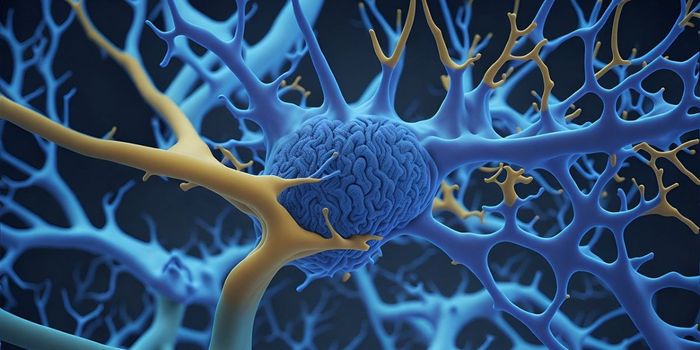Scientists Discover a "Thermal Cortex" in the Posterior Brain Region
What happens in our brains when reaching for that hot latte or cold milkshake? Researchers from the Max Delbrück Center have discovered a brain region responsible for perceptions of hot and cold when humans touch objects. The study, published in Nature, presents findings on the ‘thermal cortex’ located in a posterior region of the insular cortex.
The human ability to detect temperature is a critical survival skill. Scientists have debated the location of this specific region for decades, so this study presents a critical turning point in neuroscience research.
The study highlighted a thermal cortex in the brain of mice and neurons that detect cool or warm temperatures. The researchers used imaging techniques to determine which part of the brain responded to changes in skin temperature when they delivered mild temperatures to the mice’s forepaws. The primary somatosensory cortex did not respond to warmth, but the researchers found neurons responding in a region at the side of the brain called the posterior insular cortex.
A two-photon microscope allowed researchers to view the response of individual neurons in the posterior insular cortex. Study author Dr. Vestergaard explained the team’s observations: “We found that there are specific cold-responding neurons and specific warm-responding neurons, as well as many that responded to both warm and cool.” Warm and cold neurons reacted differently. For example, warm neurons responded to the absolute temperature, while cold neurons were more sensitive to the relative change in temperature. Differences in responsiveness indicate there might be separate pathways for cold and warm sensory perception of cold versus warm.
The brain processes information transmitted from sense organs to develop perception, mainly in the cortex. The research team had previously found that neurons in the primary somatosensory cortex responded when the skin was in contact with cool temperatures; they anticipated that warm temperatures would also be encoded in this brain region.
To confirm the insular cortex’s role in temperature perception, the researchers trained the mice to report either cool or warm temperatures. They used the technique of optogenetics to deactivate the posterior insular cortex temporarily, and thus the mice did not respond to the temperature stimulus.
Future research will explore the pathway of temperature flow from the skin via the spinal cord into the thalamus and the cortex. This method will allow the researchers to study different stations in order to assess how the temperature information is represented and transformed along the pathway. An additional research focus is understanding why the primary somatosensory cortex responds to cold but not warmth.
Sources: Eureka News Alert, Nature








